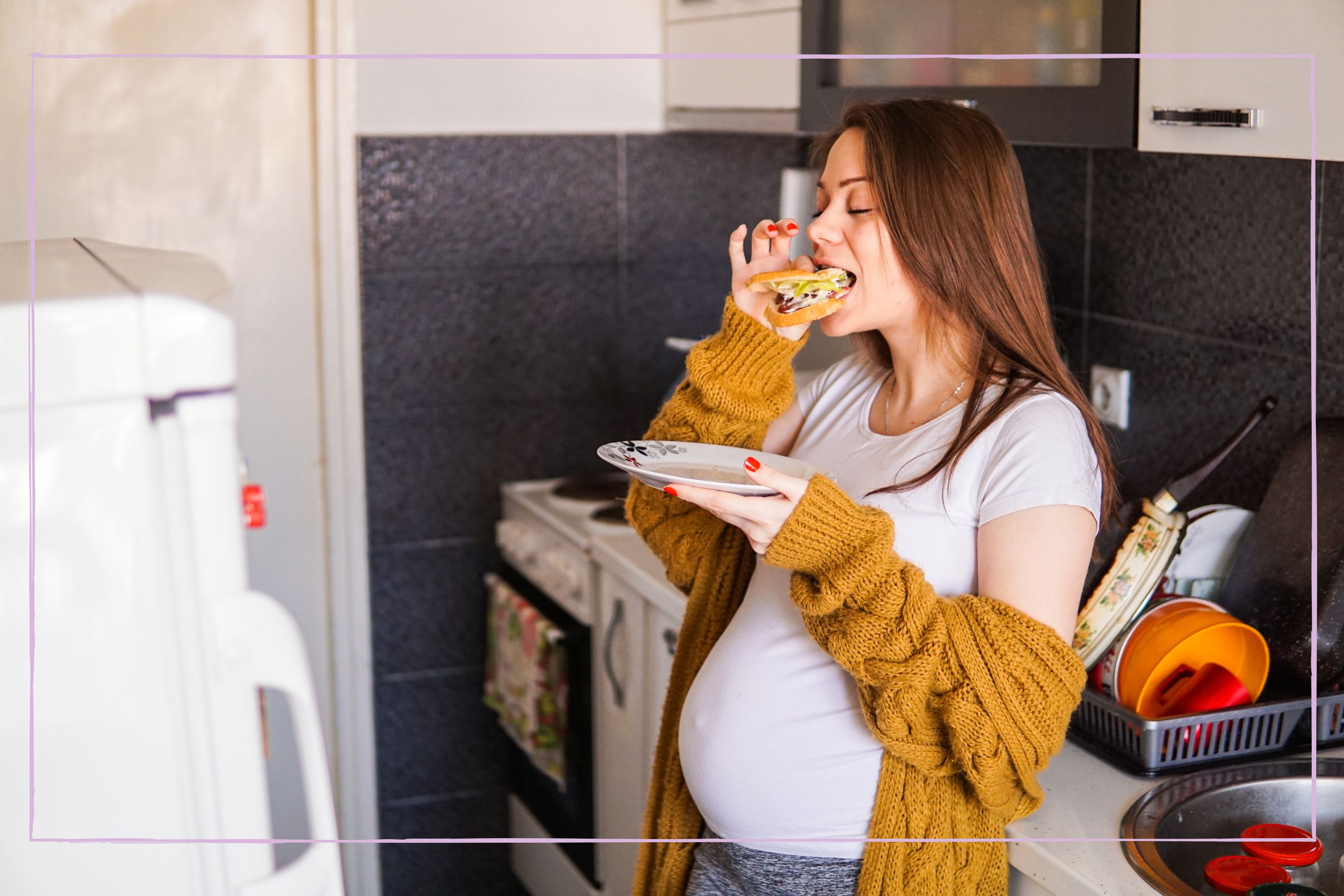Your facial features may be influenced by what your mum ate during her pregnancy, study claims
Pregnancy cravings can be strange, weird, and wonderful - but do they do more than simply satisfy our stomachs when we indulge in them?

A study has claimed that a baby's facial features may be influenced by their mother's diets during pregnancy, with certain food groups being linked to certain distinctive features.
Pregnancy is a rollercoaster of a journey. From finding out that you're pregnant, whether you knew you were after spotting the early signs of pregnancy or were surprised at the positive pregnancy test, to figuring out what to do when you find out you’re pregnant, to going into labour and picking out the perfect baby name for your newborn, every step is new and exciting.
When you're not struggling with morning sickness, it's likely that food is one of the most pressing elements of your day. It's vital to eat a varied diet to support the growth of your baby and you're sure to develop some interesting cravings throughout your pregnancy journey. You're not alone, many people are often left wondering why they have weird food cravings during pregnancy, usually as they take one bite of a pickle and then another straight after from a chocolate bar.
But a new study has revealed that these cravings, and the overall diet you consume during pregnancy, might actually influence the facial features your baby is born with.
According to the study, which was published in the Nature Communications journal, the subtle differences in the way people look, the normal differences that occur from one person to the next like the shape of their skull of the size and shape of their nose, may be created by genes that are triggered by the type of nutrition a baby receives in the womb.
In particular, it was found that babies with protein-rich diets tended to have wider noses and jaws. That's because, according to the science, the more protein a mother consumes during pregnancy, the more active the genes that dictate nose and jaw shape and size, known as 'mTORC1 genes', become more active, leading these features to be more prominent when the baby is born.
The study goes some way in explaining why siblings can often look quite different, and why even identical twins are never quite the same, despite them both inheriting their parent's genes.
Parenting advice, hot topics, best buys and family finance tips delivered straight to your inbox.
However, there is not much to worry about as these genes simply subtly dictate the look of facial features, not the health of a baby. According to the study's researchers, the genes can only 'tweak' the length of the nose and width of the nostrils, the shape of the cheeks, and the prominence of the jaw, and do so aesthetically. They do not impact the use of any of these features.
In other family news, 73% of millennials believe they are doing a better job of raising kids than their own parents though some are worried that their children seem ungrateful. But, don't worry, a parenting expert has revealed that it's normal and there are many ways to help kids develop gratitude as they grow. Plus, a child psychotherapist has revealed why toddlers hit their parents - and shared how to stop them.
Charlie Elizabeth Culverhouse is a news writer for Goodtoknow, specialising in family content. She began her freelance journalism career after graduating from Nottingham Trent University with an MA in Magazine Journalism, receiving an NCTJ diploma, and earning a First Class BA (Hons) in Journalism at the British and Irish Modern Music Institute. She has also worked with BBC Good Food and The Independent.